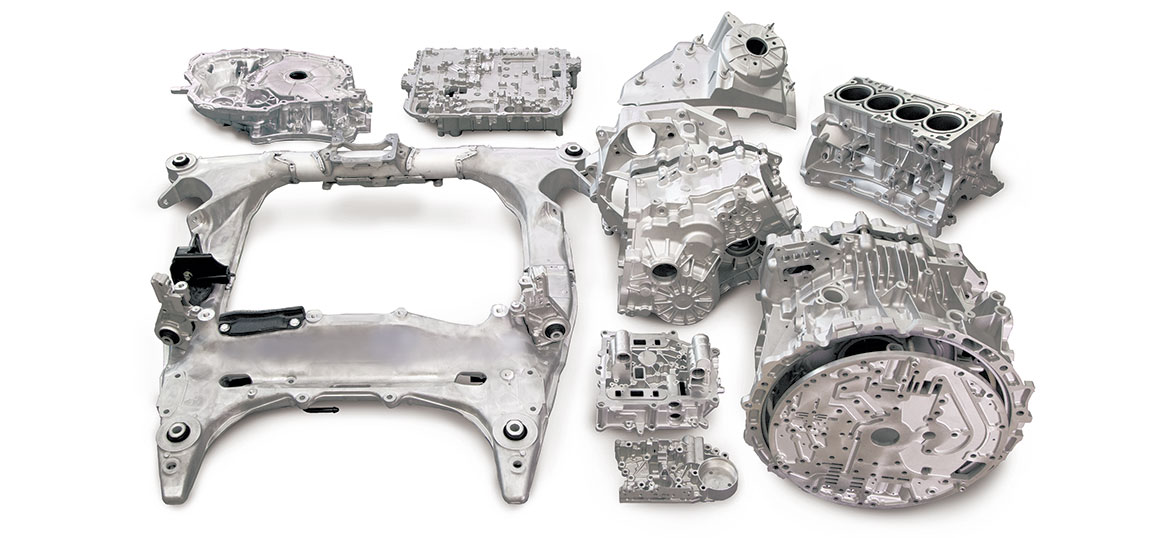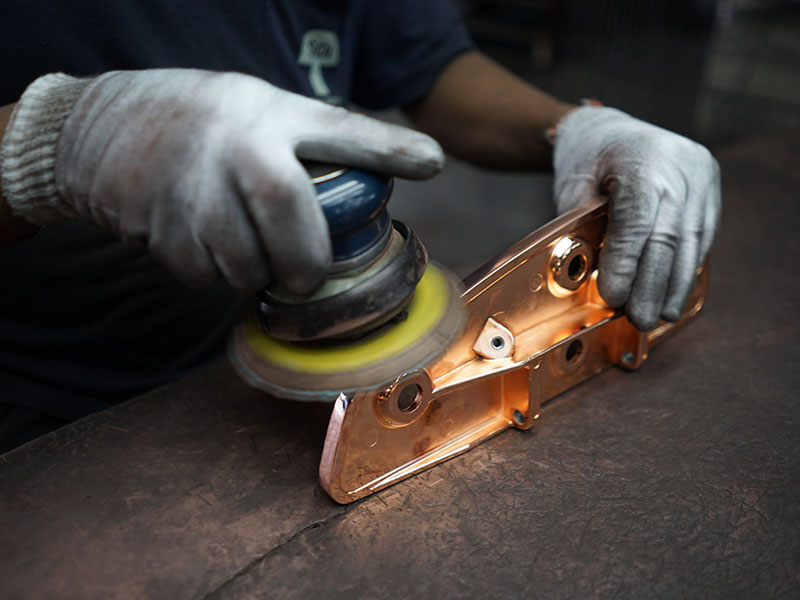The Intricate World of Diecasting: Precision in Manufacturing
The Intricate World of Diecasting: Precision in Manufacturing
Blog Article
Diecasting is an extremely specialized manufacturing technique that converts molten metal into precisely defined components through the use of high-pressure molds. It has gained a place of importance for a wide range of industries such as electronics, aerospace, automobiles as well as consumer products, because it can create complex forms with incredible reliability and accuracy. In combining the principles of metalworking with the latest in engineering Diecasting provides unrivaled accuracy and precision, which makes it an integral part for modern manufacturing. This article delves into complex world of diecasting by investigating its method, benefits as well as the wide range of applications.
Diecasting is the process that begins by creating the mold, sometimes referred to as a"die," and is typically made from reinforced steel. It is built to withstand the high temperature and pressures that are involved in the process. Once the die is ready, molten metal, usually made up of aluminum, magnesium, zinc, or copper, is heated until it reaches the state of liquid and injected into the mold cavity under high pressure. This pressure is maintained until the metal solidifies, so that the molten metal fills every part of the mold, including intricate detail and the thin walls. When the metal has been cooled and formed, the mold is open, and the final product is then ejected. This technique allows for high accuracy and consistency in the production of metal components.
One of the major advantages of diecasting is its capacity to produce parts with high resolution and precise finishes. The high-pressure injection ensures that the metal that is molten conforms with the mold resulting in components that need minimal in terms of machining or finish. This precision is especially beneficial for producing complex geometries and thin-walled pieces that would be difficult or impossible to attain using other methods of manufacturing. Diecasting also produces products with high-quality tolerances and exceptional repeatability. This makes it an ideal method for mass production. Its effectiveness is also a source of cost savings due to the fact that high production rates reduce labor costs as well as material waste.
Diecasting's flexibility is evident in its widespread usage across different sectors. In the automotive industry For instance diecast components are essential in manufacturing engine components, transmission housings, and the rest of the structural parts. These components benefit from the strength and endurance offered durch diecasting, as for the capacity to manufacture components that are lightweight, which can improve fuel efficiency. For aerospace there is a need for strong component that is lightweight is vital as is diecasting's quality and precision required for such demanding applications. Consumer electronics also count heavily upon diecasting for the production of sturdy and exact housings and internal components to ensure the long-term reliability of electronic devices. The medical, telecommunications, and power tools industries further illustrate the broad applicability and value of diecasting in modern manufacturing. To generate additional information please look at Senadiecasting
The materials you choose for diecasting can significantly affect the physical properties and performance of the final product. Aluminum is a popular choice due to its outstanding strength-to-weight ratio, its resistance to corrosion and its thermal and electrical conductivity. These qualities make aluminum an ideal choice for aerospace and automotive uses where weight reduction is crucial. Zinc alloys have high strength as well as ductility. These make them ideal for components that require fine specifications and durability. Magnesium alloys weigh the least structural metals and offer the advantage when weight savings are paramount. Copper alloys are more rarely used have been praised for their high electrical conductivity and corrosion resistance. Each alloy has distinct advantages making it possible for manufacturers to pick the most suitable option to meet their particular application requirements.
Diecasting is a very productive and flexible manufacturing method which is essential to the production of intricate metal components with consistent and high-precision. Its ability to create pieces with precise details with tight tolerances and polished surfaces makes it invaluable across various industries, from automotive and aerospace to consumer electronics and more. Its use of various materials also enhances the utility of diecasting, allowing manufacturers to select the ideal alloy that meets their particular needs. As the technology evolves and demand for high-quality, economical components is growing Diecasting is vital on the manufacturing scene, driving innovation and excellence in production.